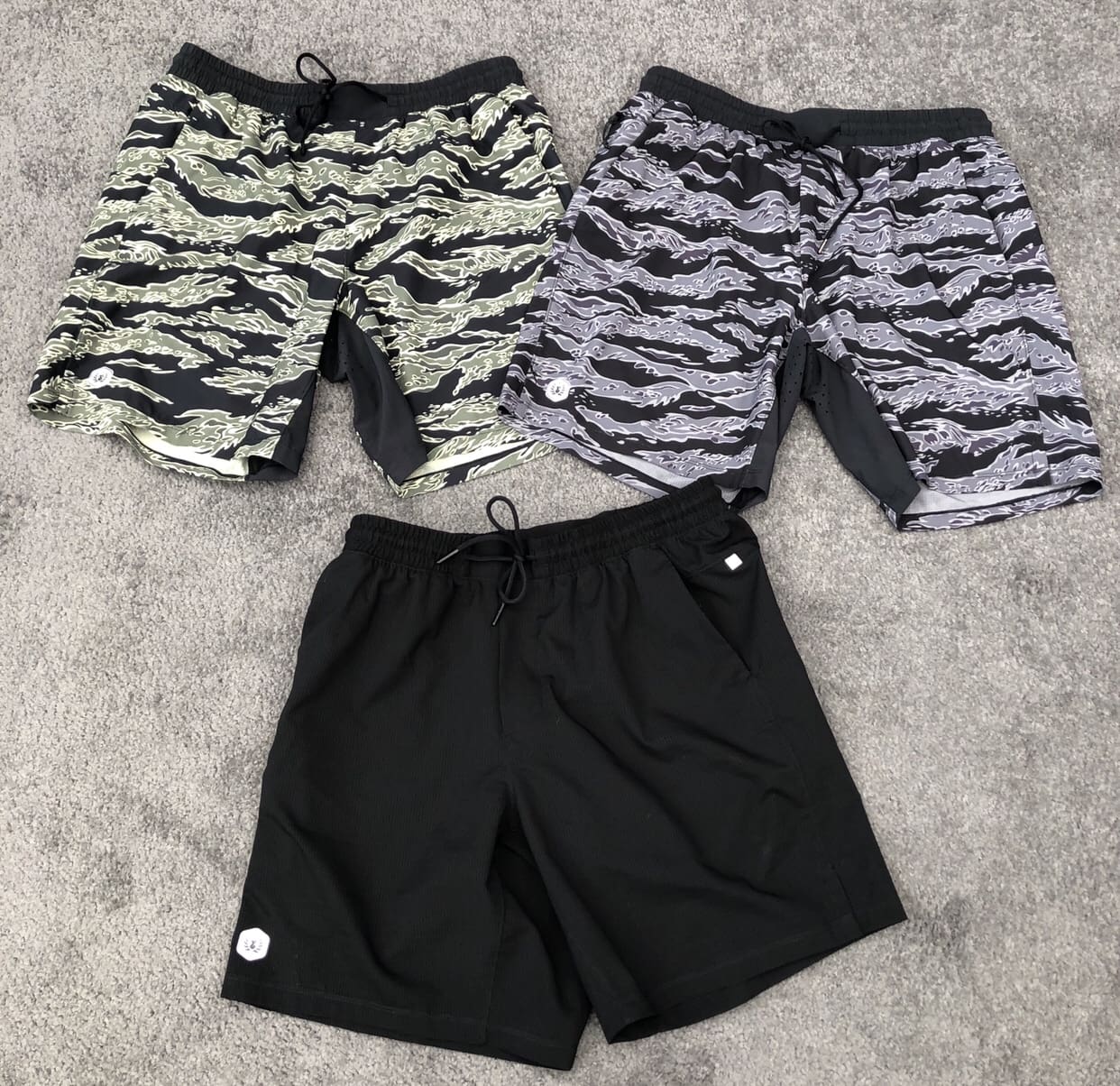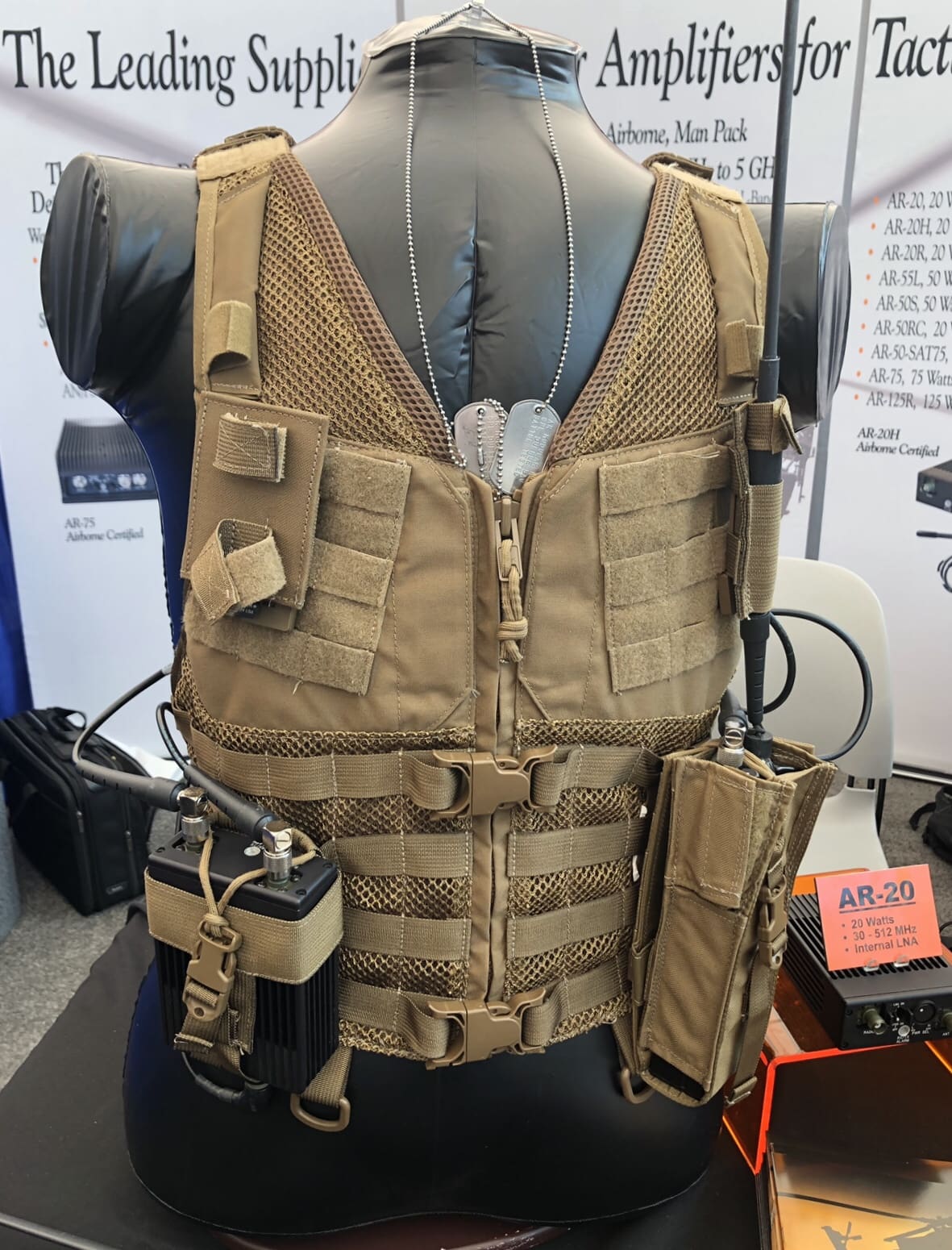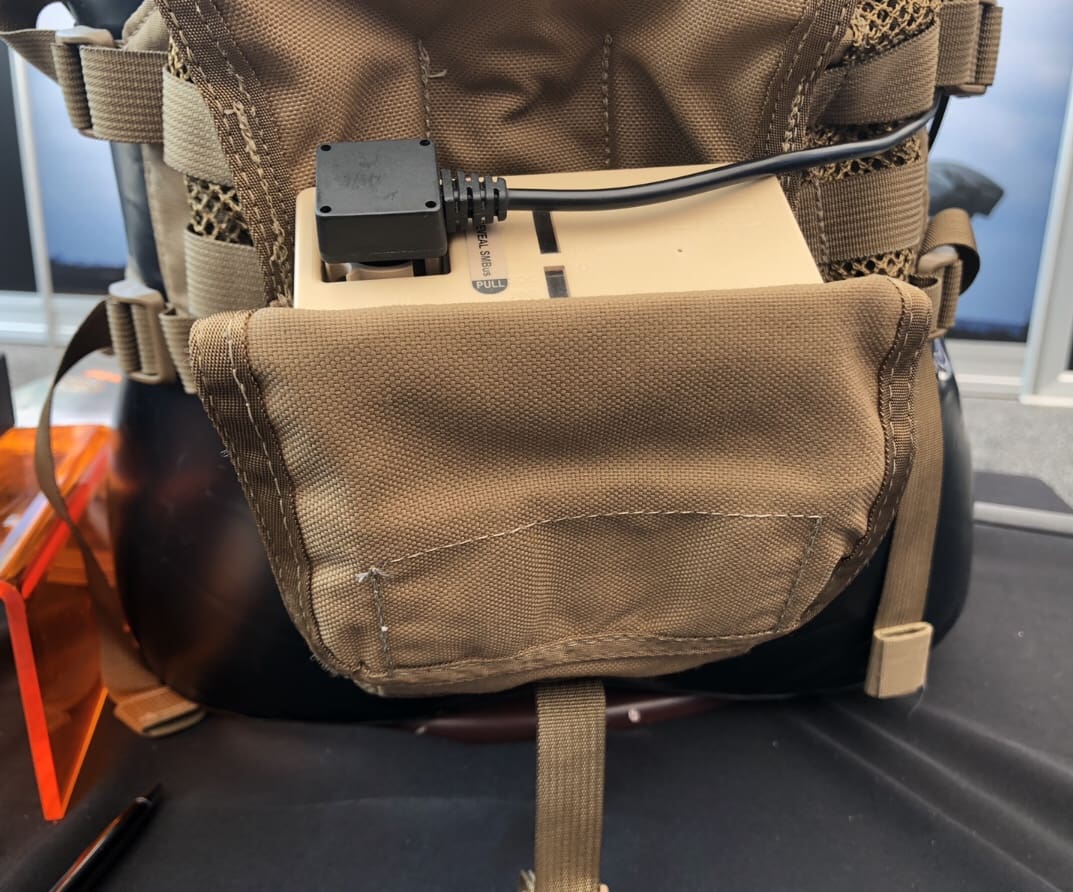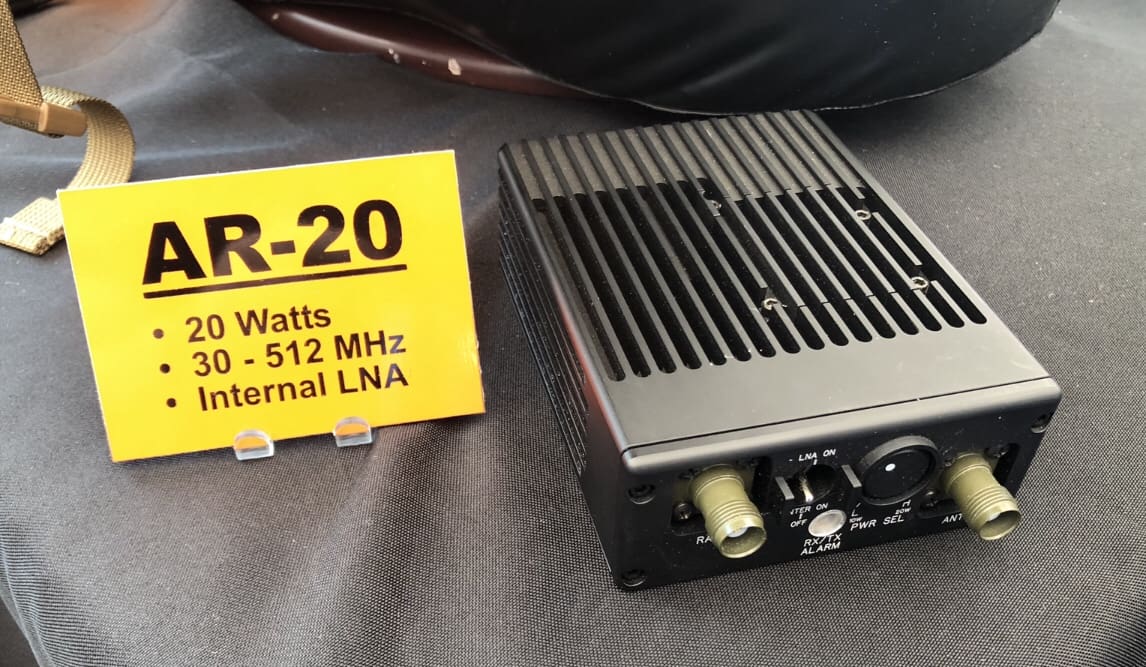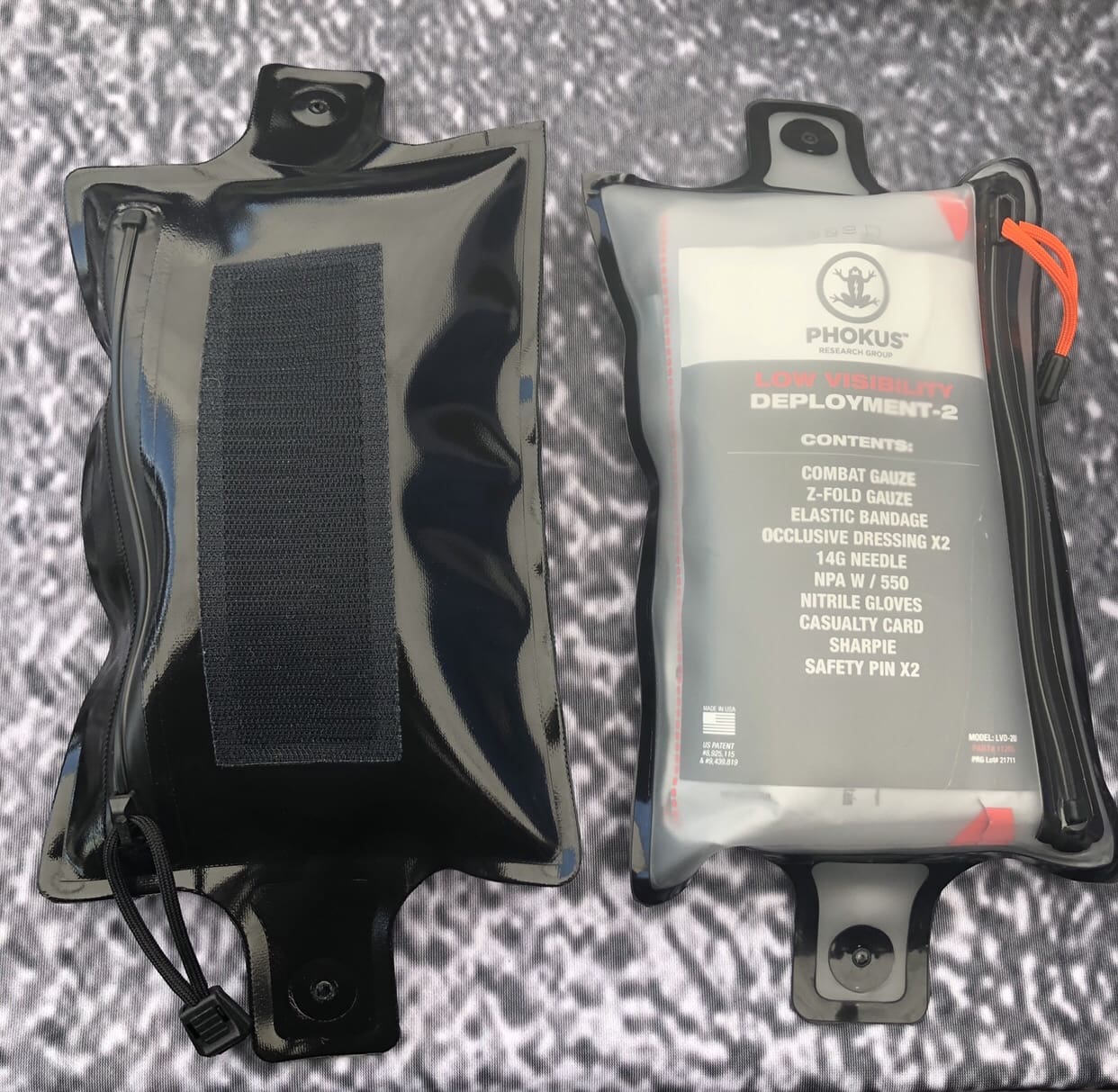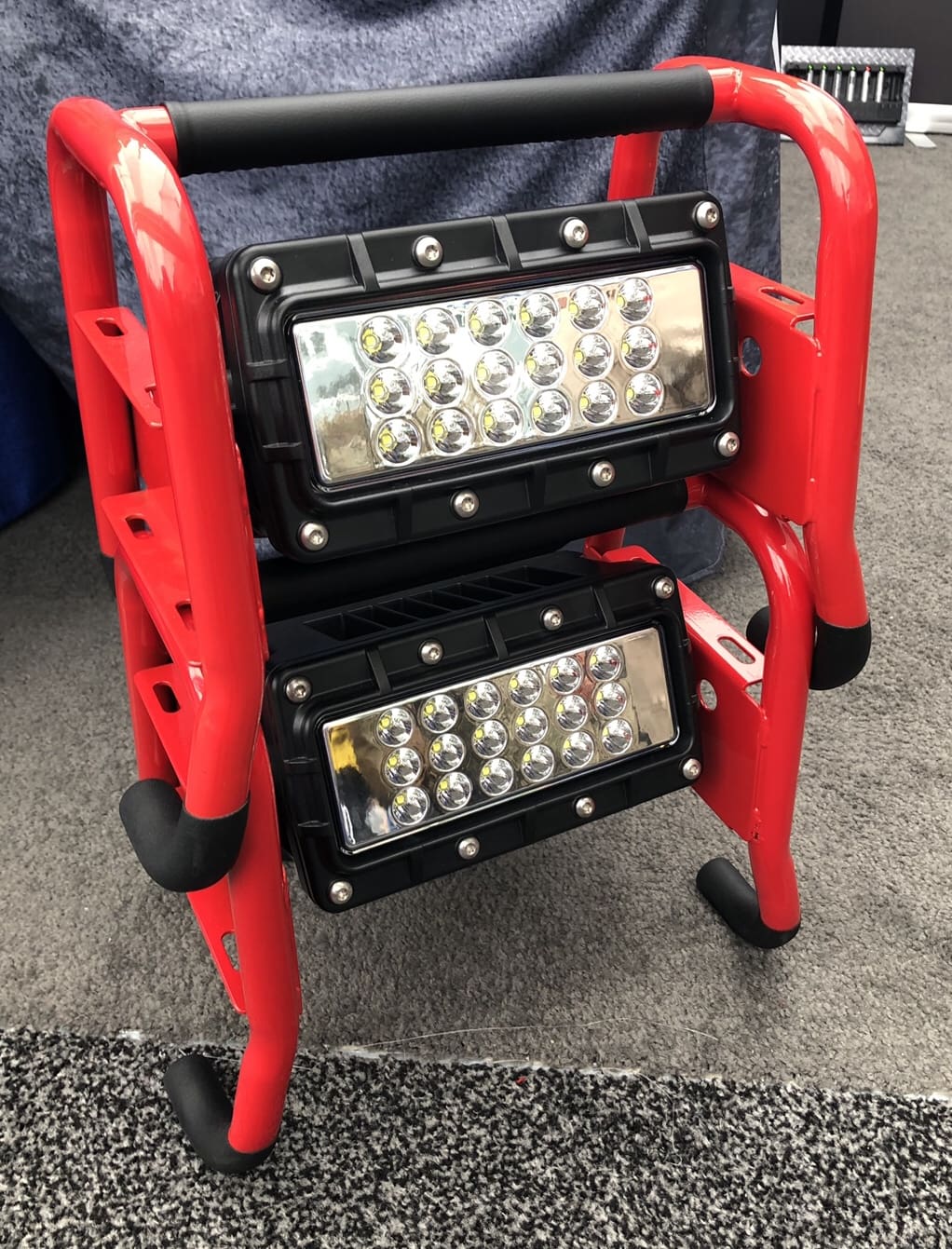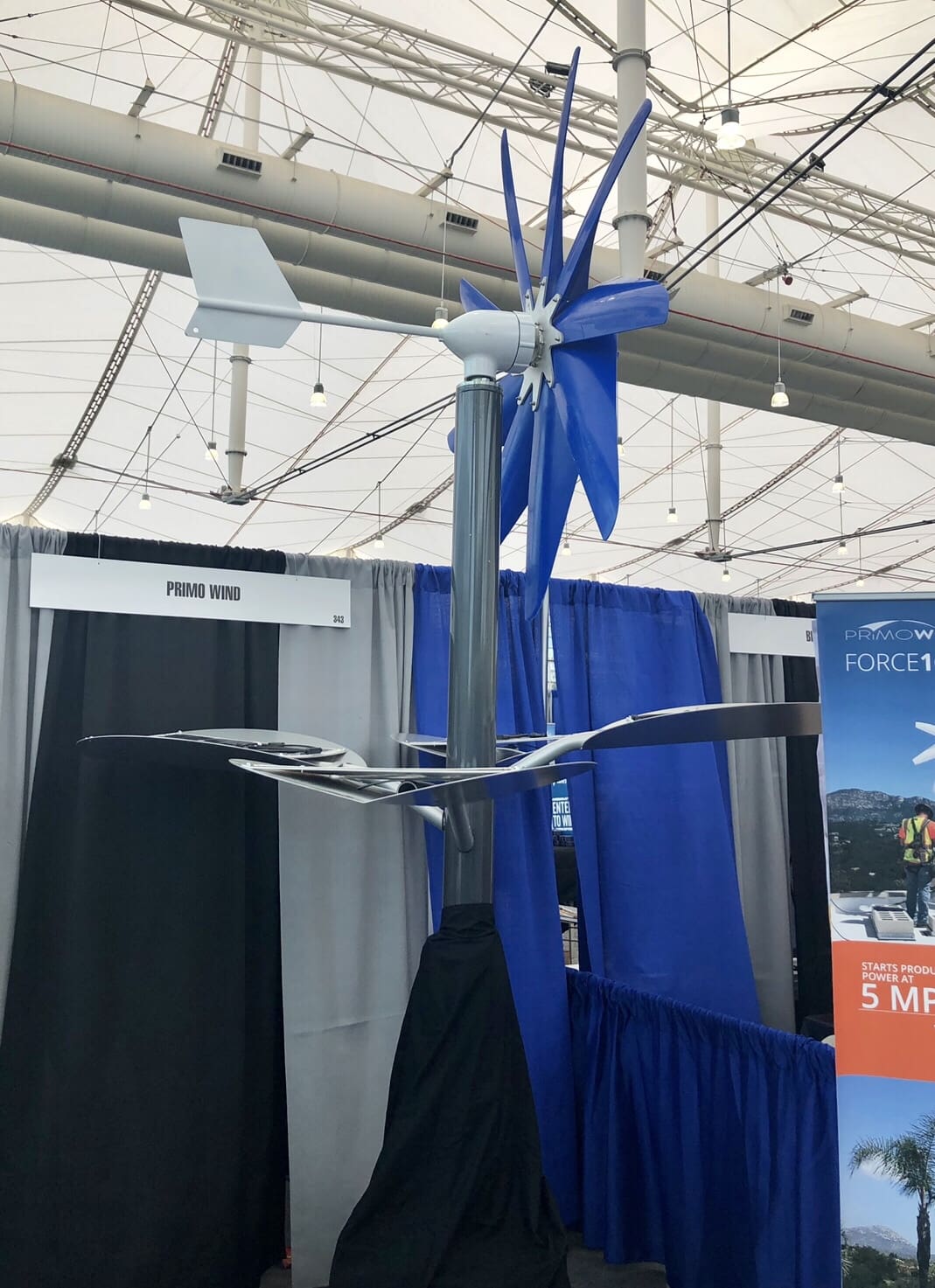This week, Marine Corps Systems Command issued a request for information to industry for a Squad Common Optic (SCO) that may be used on the M4, M4A1, and M27.
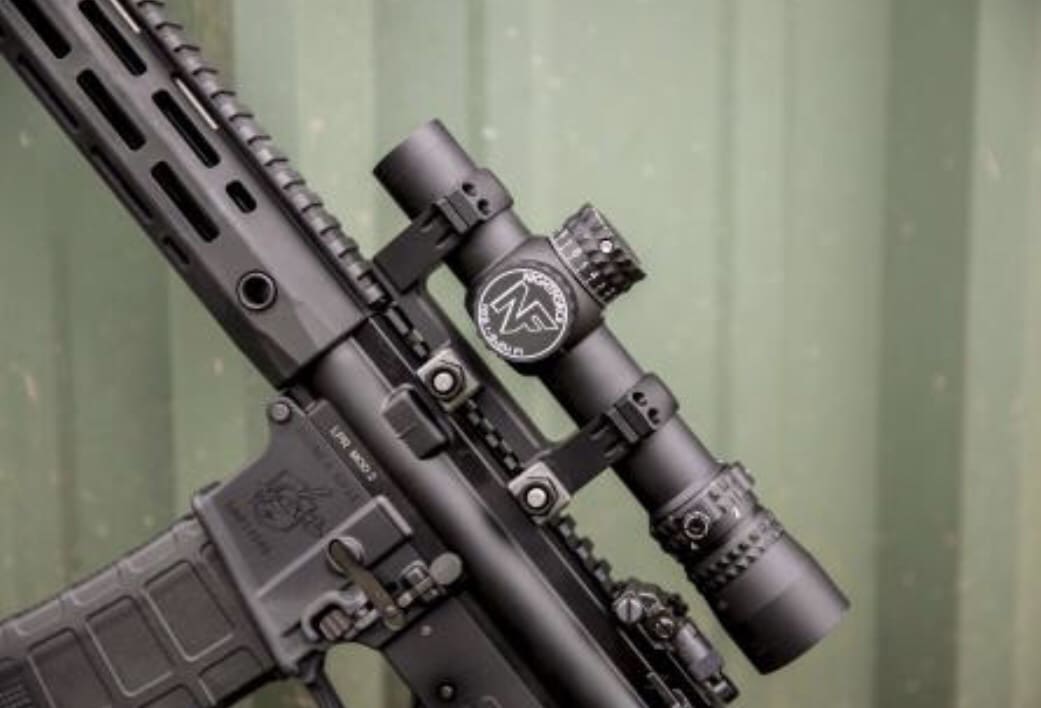
Nightforce NX8 1-8×24 which meets the requirements set out below.
At a minimum, potential SCOs should meet the following requirements:
• Interoperability. The Squad Common Optic device should be interoperable with and cause no degradation in function to currently fielded host weapons. Squad Common Optic should be compatible with current visual augmentation systems, weapons accessories, lasers, and clip-on night vision devices using a MIL-STD-1913 rail interface as listed below:
NSN
Nomenclature
Model #
1240-01-619-2962
Grenade Launcher Sight
SU-277-PSQ
5855-01-559-7064
Individual Weapon Night Sight-Thermal
AN/PAS-27
5855-01-558-3616
Individual Weapon Night Sight-Image Intensified
AN/PVS-24A
5855-01-550-2780
Mini-Integrated Pointer Illuminator
AN/PEQ-16A
5855-01-582-1584
Mini-Integrated Pointer Illuminator
AN/PEQ-16B
5855-01-577-7174
Advanced Target Pointer Illuminator Aiming Light
AN/PEQ-15
1240-01-667-8204
Sniper Squad Range Finder
I-CUGR
• Major Components. Each Squad Common Optic should include the following major components:
o Day Scope
o Lens Covers
o Reticle
o Elevation Turrets/Caps
o Windage Turrets/Caps
o Operator’s Manual (hard and digital copy)
o Quick Reference Guide
o Required Tools
o Scope Mount
o Reticle Battery
o Magnification Change Device
o Soft Protective Carrying Case
o Lens Cleaning Kit with Bush and Lens Cloth
• Weight. The Squad Common Optic should be less than or equal to 2.1 pounds (T), 1.4 pounds (O). Weight is characterized as including the optic, mount, turret caps, and battery.
• Size. The Squad Common Optic length should be less than or equal to 10.5 inches (T), 10 inches (O). Length excludes the lens covers. Length is measured at the maximum extended range of adjustment.
• The Squad Common Optic should be able to positively identify and acquire targets at 600m (T), 900m (O). Positive identification refers to the range at which a potential target can be positively identified by facial, clothing, weapon and vehicle features, or an activity.
• Magnification Range. The Squad Common Optic should have no point of aim shift when adjusting through the entire magnification ranges. The Squad Common Optic should have a magnification range of 1X +0.05X to ?8X magnification range.
• Adjustable diopter: The diopter should be adjustable from +2 to –2 diopters.
• Diopter Locking Mechanism. A locking mechanism should be provided on the diopter setting to prevent inadvertent movement (O).
• Adjustment Range. For all configurations, at least 15 Milliradian (mrad) (T), and 30 mrad (O) in Elevation and at least 12 mrad in Windage adjustment should be required. There should be hard stops at both ends of Windage and Elevation adjustment and no dead clicks. A dead click is defined as a tactile adjustment click that does not move the reticle.
• Adjustment Increments. Each Squad Common Optic configuration should have adjustment increments less than or equal to 0.1 mrad Elevation and Windage (E/W). Adjustment increments on both E/W should be consistent in movement, tactile, and have no dead clicks and require no settling rounds. Settling rounds are defined as host weapon live fire that causes the reticle to move initially but stabilize after the live fire event.
• Adjustment Accuracy. For Squad Common Optic, a less than or equal to 2% adjustment accuracy is required across the full travel in Windage and Elevation (T) and a less than or equal to 1% adjustment accuracy is required across the full travel in Windage and Elevation (O).
• Windage/Elevation Caps. For Squad Common Optic, the Windage and Elevation turret adjustments should be covered with a threaded cap.
• Field of View. At minimum magnification, possess a minimum field of view of 18 degrees (T), 20 degrees (O). At maximum magnification, possess a minimum field of view of 2.5 degrees (T), 3 degrees (O).
• Eye Relief. All Squad Common Optic configurations at any magnification should have an eye relief of at least 3.1 inches (T), 3.7 inches (O).
• Exit Pupil. All Squad Common Optic configurations at any magnification should have an exit pupil range of no less than 2.5mm to no more than 13mm.
• Resolution. The resolution for the Squad Common Optic should be 10 arc-seconds or less. The 30% contrast resolution for the Squad Common Optic should be 15 arc-seconds or less.
• Focus/Parallax Adjustment. The Squad Common Optic should have a fixed focus set at 150 meters ± 50 meters and be parallax free at the focus range.
• Focal Plane. Configurations should be first focal plane and/or second focal plane.
• Reticles.
o All Squad Common Optic reticle configurations should offer Mil-Reticle patterns vice a Bullet Drop Compensator (BDC) style of reticle pattern.
o All Squad Common Optic reticle configurations should offer an illuminated central aiming point no greater than 1.5 minute of angle (MOA) (T) or 0.5 MOA (O) that is visible during daylight conditions.
o All Squad Common Optic configurations should offer a variety of reticles (i.e., crosshair, German, duplex, Christmas tree, others).
o All reticles should be level with a cant of ± 1 degree (T) or no discernable cant (O) when installed in its MIL-STD-1913 compatible mount.
o Reticle should be usable in the event of degraded capability or no power situation.
• Future Reticles
o Reticle. The vendor should allow for future reticle designs and operational needs to be included in the Squad Common Optic: Mil Dot, Milliradian Line, Ballistic, Velocity, and Grid hybrids. Graduated grid should provide a method that supports the ability to use Windage hold offs and Elevation holds and holdovers accurately. There should also be coarse and fine methods to quickly range targets. A method to allow for rapid engagement of moving targets should be provided on the main horizontal.
o Configuration. There should be no changes to the Squad Common Optic design when changing to a new reticle other than the reticle itself.
• Reticle Illumination. The reticle illumination should be accomplished using side mounted rotary knobs. The Squad Common Optic should have multiple intensity settings, two night vision goggle compatible settings, and tactile illumination off positions after each on position. Reticle settings should be able to be locked in place to provide for inadvertent power cycling in the field. Reticle should be powered by a single commercially available battery for at least 96 hours at highest illumination setting. The Squad Common Optic should allow for battery changes without removal from the weapon and without specialized tools.
• Scope Mount. All scope mounts should be MIL-STD-1913 compatible. Various scope mount heights should be available. Any dissimilar metals should not interact and cause corrosion or damage when subjected to saltwater and other adverse environmental conditions.
• Magnification Change Capability. The Squad Common Optic should incorporate an attachable (T) or integrated (O) field-adjustable magnification change capability that will allow quick magnification changes from minimum to maximum magnification without passing between the eyepiece and rail interface, hitting the host weapon, or interfering with the function of the host weapon.
• Backup Iron Sights. The Squad Common Optic shall not require the removal of the host weapon’s front and rear iron sights. The front and rear iron sights shall be immediately useable upon removal of the Squad Common Optic.
• Lens Accessories and Protection. All Squad Common Optic configurations should be delivered with detachable protective front and rear lens covers or caps. The Squad Common Optic should feature lenses made of durable scratch resistant hydrophobic material and non-reflective lens coatings (T). All Squad Common Optic configurations should provide lenses with sufficient abrasion resistance that they do not require lens covers (O).
• Surfaces. External surfaces (except for light-transmitting elements) should be finished in a flat neutral non-black color that is non-reflective and corrosion resistant. All the exposed optics should have corrosion and scratch resistant coatings, which permit operation in salt sprays and blowing sand. All markings, coatings, finishes, and exposed O-rings should be resistant to paints solvents, Chemical, Biological, Radiological, and Nuclear contaminants, and Super Tropical Bleach (STB) decontaminant.
• Signature Reduction and Counter Detection. The Squad Common Optic should be a dull, non-reflective, neutral, non-black color. The Squad Common Optic should not have an audible or visible signature.
The Marines have expressed interest in purchasing between 18,000 and 30,000 of the optic.
Interested vendors should submit a 10-page white paper to SYSCOM via e-mail, regular mail or SAFE no later than 3:00 p.m. Eastern Daylight Time, 10 June 2019.
To learn more, visit www.fbo.gov.


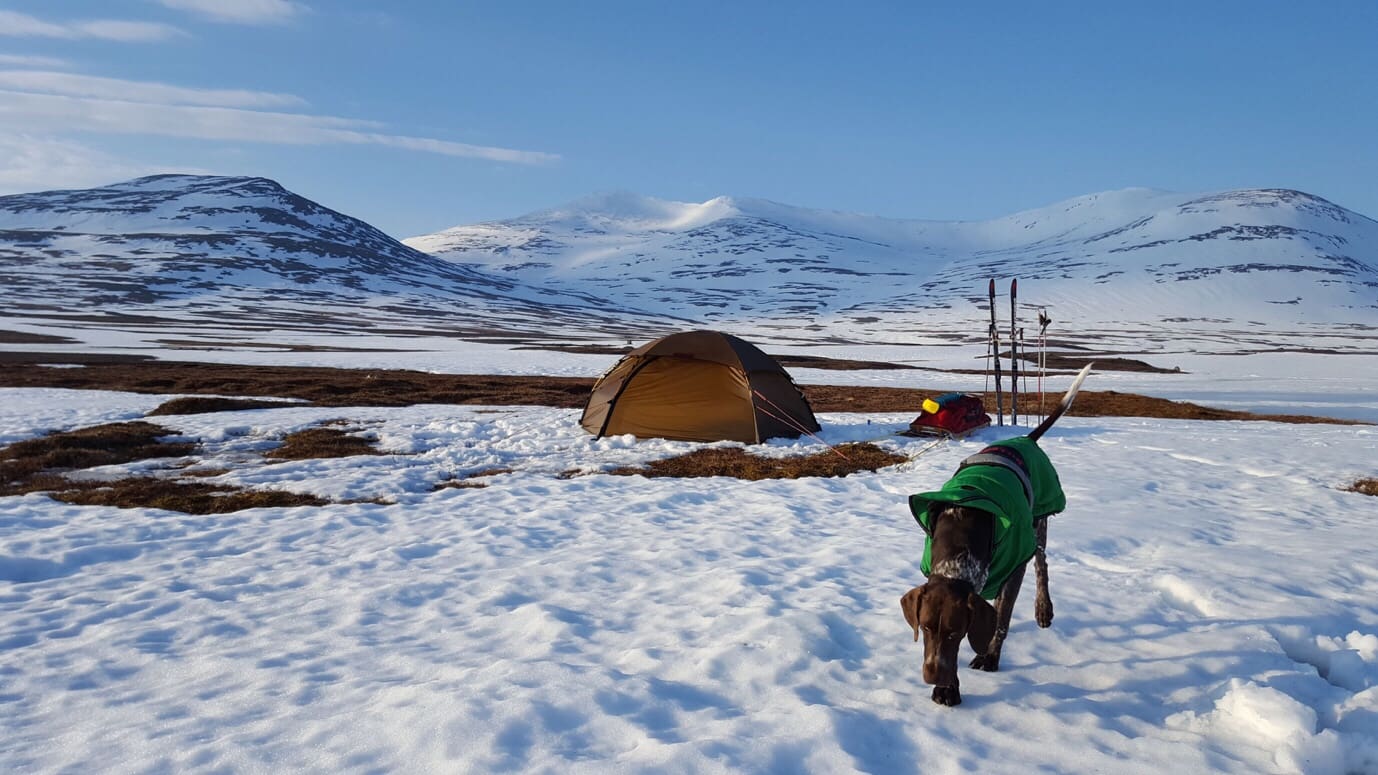
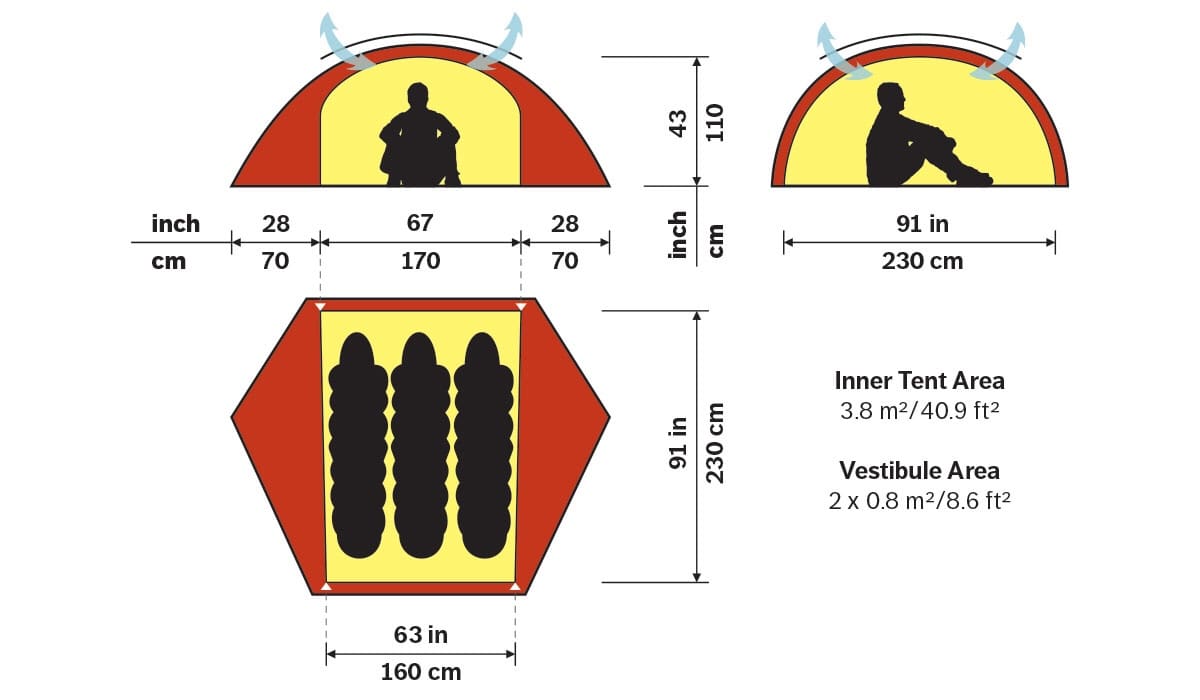
 Kirk has been involved in the shooting sports for over 40 years, and has been involved in two tier distribution and direct sales for over 35 years. Kirk is a frequent speaker at many pro-2nd Amendment functions and has been awarded The Second Amendment Foundation’s “Defender of Liberty” award. He is also an NRA certified instructor and Range Safety Officer.
Kirk has been involved in the shooting sports for over 40 years, and has been involved in two tier distribution and direct sales for over 35 years. Kirk is a frequent speaker at many pro-2nd Amendment functions and has been awarded The Second Amendment Foundation’s “Defender of Liberty” award. He is also an NRA certified instructor and Range Safety Officer.